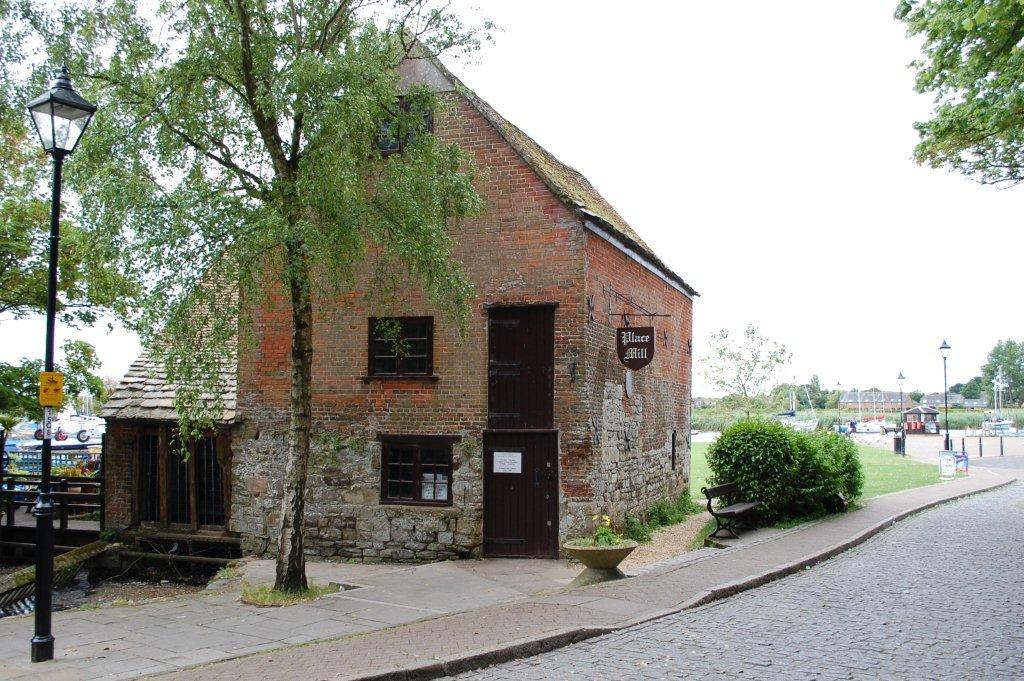top of page
3(f). The Doomsday Mills of Christchurch
David Eels

Place Mill
It is not at all unusual for places to be named after their owners and also for people to take their surnames from where they lived, so it is possible that Port Mill could have been named after Hugh de Port and, therefore, could have been an alternative name for Knapp Mill. Hugh de Port was a Norman who came to England in 1066 with William the Conqueror and at the time of the Domesday Survey in 1086 he was the largest land holder in Hampshire. In the immediate locality he held Hurn, Knapp and Stanpit but by 1086 he had leased Hurn and Knapp to another Hugh. The name Port Mill, however, pre-dates his arrival in England as it originated in Saxon times. A “port” was a Saxon market town and, as Christchurch was one of these, the name Port Mill meant the mill belonging to the market town. Similarly the local names Port Field and Port Reeve’s Mead have the same origin with the port reeve being the King’s representative in the town. Domesday Book tells us that Christchurch, then written as Tuinam or Thuinam, had two mills: the town mill belonging to the King was worth five shillings while the Canon’s Mill, now known as Place Mill, was worth just thirty pence, exactly half of the value of town mill.

Place Mill from the Quay
There were two other larger and more valuable mills in the locality; Holdenhurst Mill, owned by the King and later known as Throop Mill , which was worth fifteen shillings and Hugh’s Mill at Knapp which was worth twenty shillings. At that time Holdenhurst and Knapp were separate manors and their only connection with Christchurch was that they were in the same administrative area known as a hundred which was a sub-division of the shire.
The Normans took over the old Saxon administrative system of hundreds, which had been in existence since at least the early 10th century. The Saxons had named the hundred around Christchurch “Egheiete” which means “Edgegate”. Some of the hundreds are known to have been named after the location of the site for the monthly open-air meeting or “Moot” so Edgate could mean that the meeting place was near to the gate of the burh of Tuinam with the burh having been established by c915 A.D.
bottom of page
